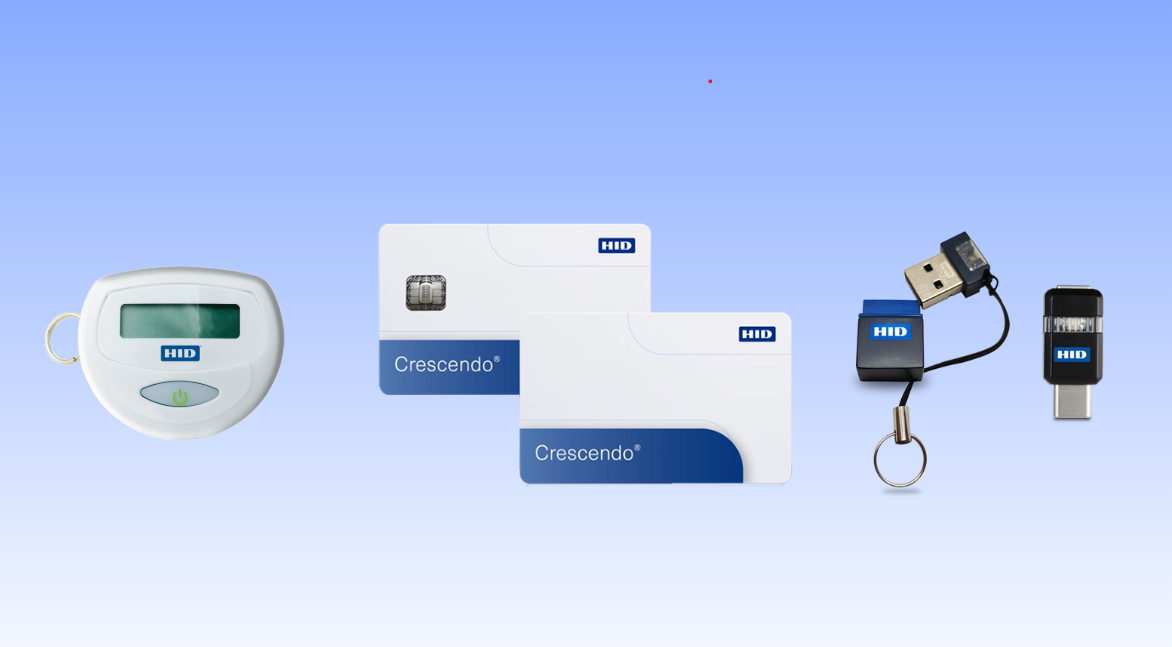What is CostCutters, and where is it located?
CostCutters is a value-focused supermarket chain in the U.K. and Ireland with a small convenience store offering food, student swag and mobile phone services at Brunel University in London. With a 14,000 strong student population to target with snack goods such as Walker’s Chips, Cadbury Eggs and Rowntree’s Fruit Pastilles, it has a hungry market that is steadily visiting the store for their next sugar fix.
What better place to introduce a new means of payment that reduces the waiting queue time and increases the number of customers?
If you have never been to England then you may want to get a better idea of what an English convenience store looks like, take a look at their social media channels:
Photo by Pixabay on Pexels.com
How did CostCutters adopt contactless biometric payments?
Given that universities tend to be an epicenter of experimentation for many companies, it is no surprise that start-up company FingoPay decided to use this convenience store as a pilot program for their finger vein payments.
Plus, it is a fantastic way of determining if FingoPay has strong viability in the overall retail market by using a large sample size of target customers. In this way, they can become aware of any potential changes that need to be made before a full roll-out.
To encourage students to adopt the contactless payments system, a £5 store credit was given to the first 1000 FingoPay registrants with hundreds clamoring to sign up during Fresher’s Week. For American readers, this week is usually characterized by freshmen students partying to welcome themselves into the university life. A similar phenomenon happens in the United States but is known as Orientation. Although, the credit from our standpoint seems quite lackluster, at this store, many items can be bought for around that price such as two Co-op Pizzas and a tub of Ben & Jerry’s ice cream for £5. If you remember to your college years, you were probably scrambling to find something to eat that was anything but the stereotypical Cup Noodle for breakfast, lunch and dinner. So, the incentive is quite motivating.
Photo by Ragga Muffin on Pexels.com
Many media outlets picked this up as it became the first retail store in the entire world to use Hitachi’s 3D Finger VeinID vascular pattern recognition (VPR) with their POS system. Finger vein scanning is an innovative solution as a means to identify an individual based off the veins within their finger. The benefit of this is that finger veins do not change with age and are not limited by the condition of the user’s skin. This is different than a finger print which relies on an external identifier and can be spoofed with simply the print. However, Hitachi’s Finger Vein Scanner requires that the individual be alive through a pulse and hemoglobin at the moment of the scan and be in a neutral state rather than that or duress. So, con artists will have a hard time with forcing you to scan your finger. This technology has mainly been in used in applications for building access and computer access. However, that all changed, as CostCutters introduced this method to a payment system long been dominated by methods such as cash and credit/debit cards.
Tx Systems is a trusted source for Hitachi Products
If you are located in the U.S. and want to start implementing a finger vein authentication scheme for your retail location then we have the Hitachi Finger Vein Scanner for you. We carry the same exact finger vein reader ( Hitachi H-1 KCA-110 Finger Vein Scanner ) that FingoPay uses for their in-store scanners. With the convenience and cleanliness of contactless payments, robustness of security protocols and the quickness of authentication, you can trust this new way of securing your customer’s payments. We a certified distributor of Hitachi products meaning that we are trusted to properly support you on your journey with these amazingly advanced readers.
What is FingoPay?
FingoPay founded by Nicholas Dryden in 2012 with parent company Sthaler (biometrics service provider) est. 2016 to create a new method of contactless payment at check-out. It was initially started as a means to solve the issue at music festivals/events for collecting payments (cash and credit/debit cards) from attendees such as long lines and theft. This was in an effort to secure payments that were traditionally done through cash or smart cards (credit and debit). They now look to using the technology for age verification, identification and much more.
Why did FingoPay Choose Brunel University?
With a younger Millennial demographic at university locations, it only makes sense to roll out a solution such as this. They are already accustomed to using their phones for nearly everything, so it makes sense that they would readily adopt a solution such as this that is not only easy to use but also quick and secure at the same time.
How does the checkout process work?
As with any store, you would buy the things that you want and head to the checkout lane. Once there, instead of reaching for your wallet to take out cash or a credit/debit card. You would place your finger into the finger vein scanner for it to be mapped and the payment would be completed within 3 seconds. It is extremely quick meaning that you will be able to snack on your Young’s Flipper Dippers. Thereby, it makes the customer experience much more positive rather than ripe with complaints. It does require the user to register their vein profile with FingoPay first in order to use the platform as it needs to connect two and two together. This is similar to registering your debit/credit card with Google/Apple/Samsung Pay to the respective wallet apps and being able to select that at checkout when purchasing an item.
Once registered, it becomes easy to pay for your items. . You would not need to use any other payment method after the initial registration as it has your information within the network. The 3D template that you used to initially registered with FingoPay is then used as a template comparison for subsequent scans. The 3D finger vein mapping generates a unique key to be connected with your payment of choice and links to your bank accounts. This is a similar function to a PIN number that you would use to verify your debit/credit card. Those future scans are then compared with that initial scan for matching purposes.
WorldPay, a payment provider, stores your credit/debit card and banking details encrypted in a cloud database rather than through a local server. Think of this similar to how you purchase off Amazon and eBay for online shopping.
With a biometric component added to this system, security has since been improved with means to protect the information that has been a target for hackers for years. Techniques such as card skimming and shimming with magnetic strips and EMV cards will not be relevant in this method. For more information on these techniques and how contactless payments based on NFC actually are safer to use then take a look at our previous blog article below.
Where can I find out more about the Hitachi H-1 Finger Vein Scanner ?
If you are looking to incorporate the Hitachi H-1 Finger Vein Scanner
into your retail business then Tx Systems has a great deal on this scanner along with the support needed to have you up and running.




